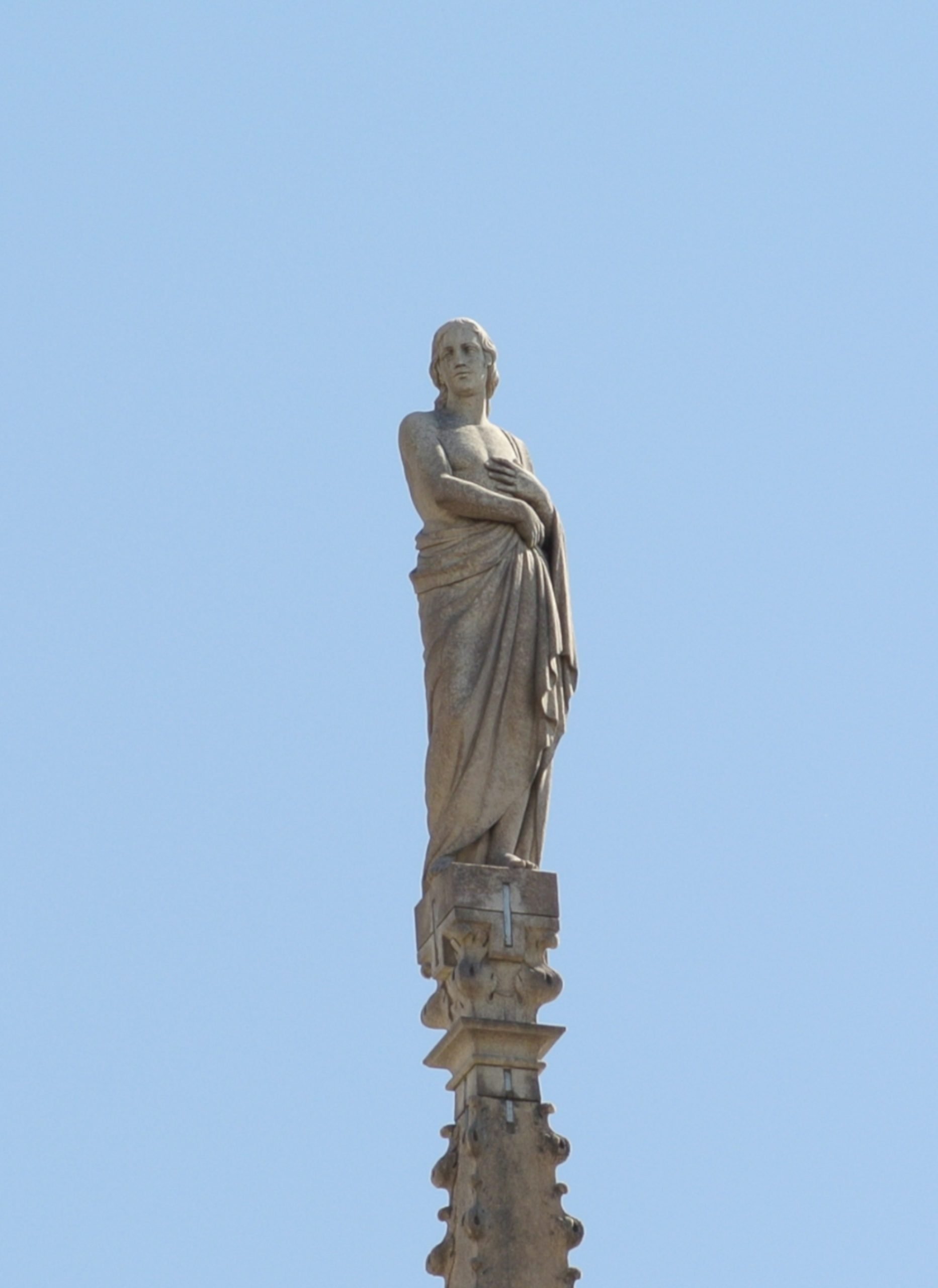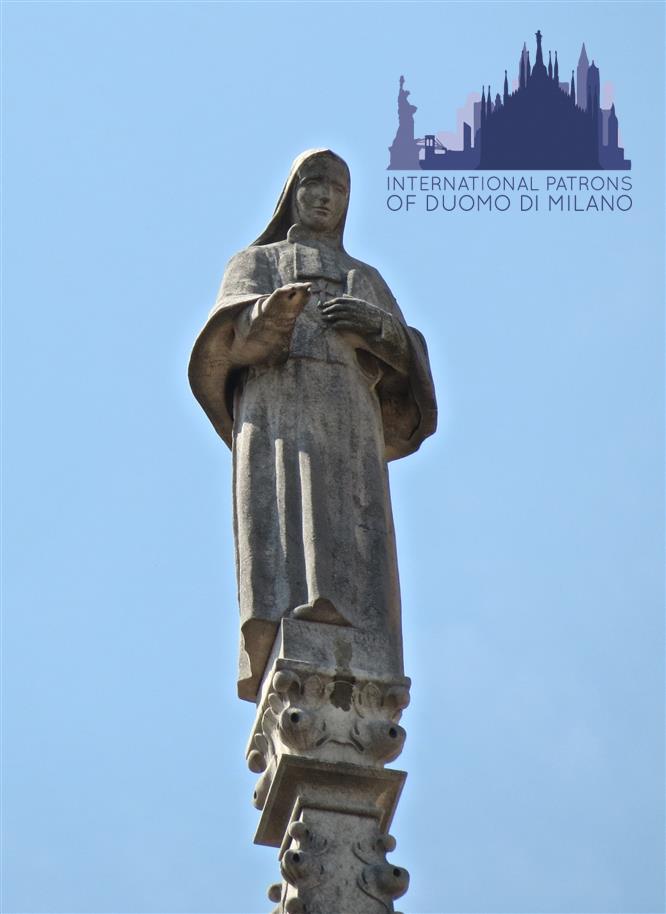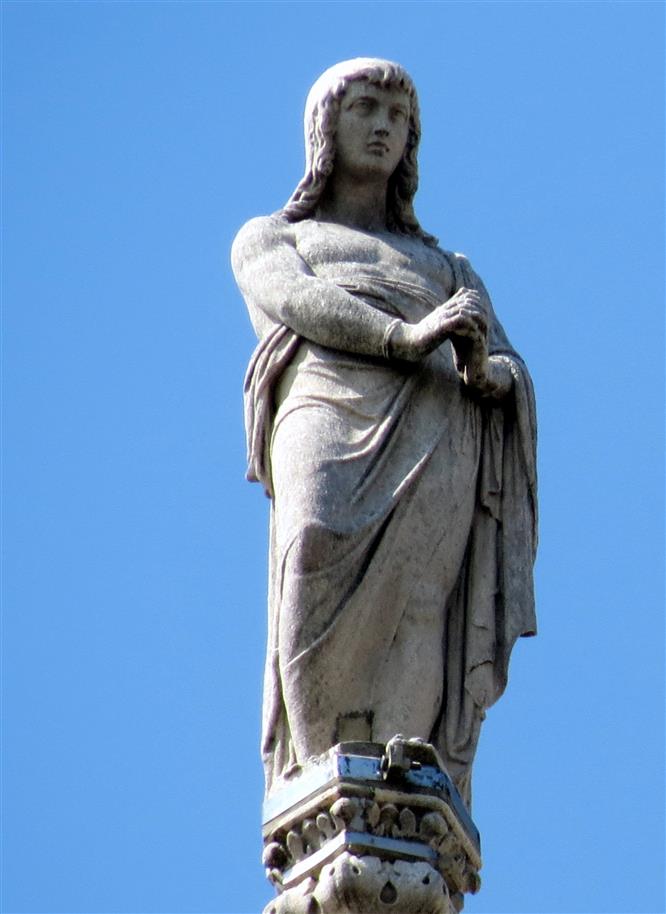Considering the large number of saints named Claudius, it is difficult to identify which of these is this young man with long hair, wearing a cloak and soldier’s greaves and gesturing with his hand, as if talking to the people hurriedly passing by each day in Galleria Vittorio Emanuele and Piazza del Duomo. Claudius is a Roman name, and therefore the majority of these martyrs were of Roman origin. While the military leggings of this statue are a clue, there are three Claudii who served in the Roman army. The first Claudius, together with Lupercus and Vittoricus, was a legionary from Lèon in Castile, enrolled in the Legio VII Gemina (7th Twin Legion), in the mid-3rd century. The Legio VII was a very long-established legion: it had been founded in 68 BC by Galba, one of the four pretenders to the imperial throne who warred amongst themselves for a whole year; a year that the historian Tacitus records as unus et longus. From that date onwards, the legion was to serve the empire in Spain up to the 4th century. Claudius and his friends, converted to Christianity, are thought to have been martyred under the governor Diogeniano. Another Claudius was a tribune of the army who, while he was questioning some Christians, converted together with his wife Hilaria and their sons Jason and Maurus, and with him sixty-two or seventy-two soldiers, depending on the sources, also converted. The Emperor Numerian (283 – 284), when he found out about the betrayal of his officer, had him thrown into the sea with a stone tied around his neck. This type of death was often an expedient used by hagiographers when the place of burial is not known. The rest of his family was killed, and their tombs were along the Via Salaria up to the 7th century. The only record of Claudius, on the contrary, is in the Martyrologium Adonis, and unlike his wife and sons, he does not appear in other passiones. The last Claudius who was also a soldier was a legionary from Antioch, in Asia, who also served under the Emperor Numerian: indeed this emperor is accused of an authentic cycle of martyrdoms, something which has little historical grounding, since he was in office for little more than a year. This Claudius, despite his valid feats against the Armenians, was discovered to be a Christian and exiled to Egypt, at that time governed by Arrian. During a heated discussion, the subject of which is not known, the governed became so enraged that he killed him with a javelin. This Claudius has two traditions: according to the first, he was buried beside St. Victor, and then they were both transported to Antioch; the second version is given by the Ethiopian church, according to which he is buried in Asyut. Furthermore the Ethiopian Church has a salam, a brief poetic composition in honour of the saint, probably formerly part of a long list of Ethiopian saints, entitled Hagiologium metricum habessinum. According to some scholars, this Claudius could be identified with Aklimos, martyr of the Ethiopian royal family. Lastly, a certain Constantine bishop of Asyut, composed an encomium in honour of Claudius around the 7th century, which received great acclaim and is preserved in Coptic, Arabic and Ethiopic. Whichever one of these he may be, whether Roman, Spanish or Ethiopian, Claudius was a soldier, and he says so to the people swarming through the square with his leggings, the greaves that were useful against the barbarians, but not against the enemies of the faith. Yet he is still there, busy talking, asking for an audience, in one of the many languages he has learned, from Africa to Castile.
ST. CLAUDIUS
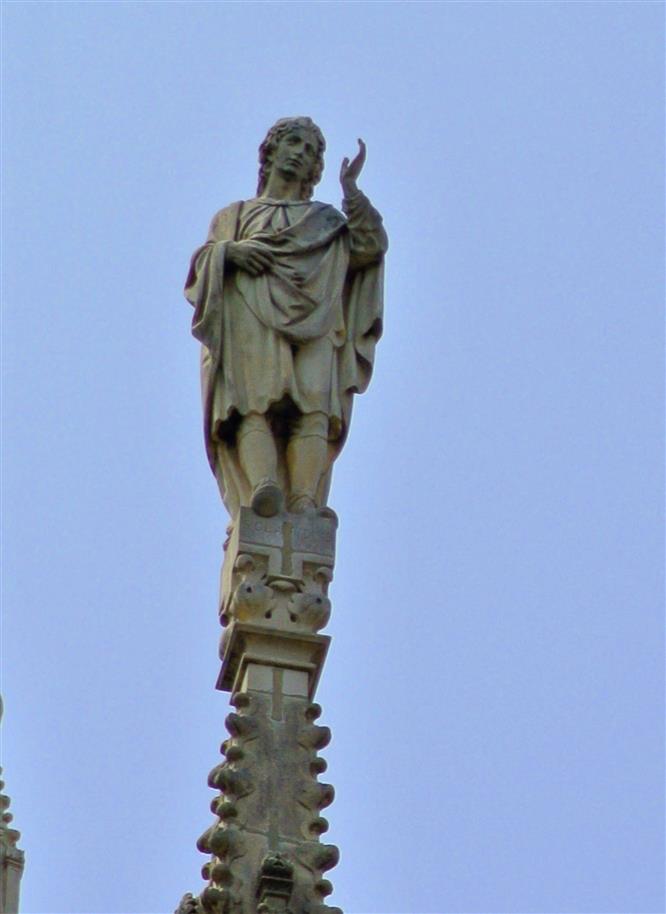


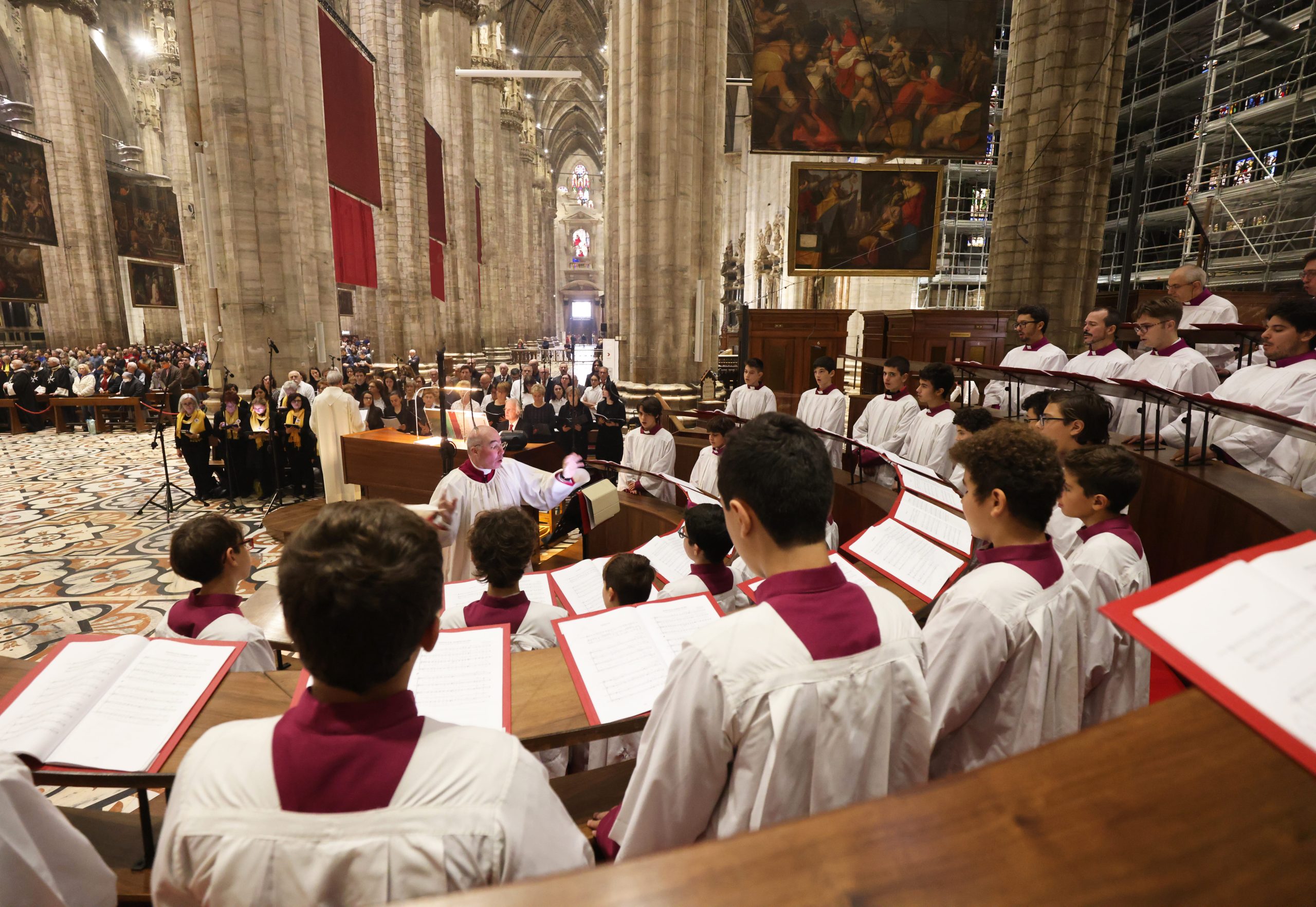
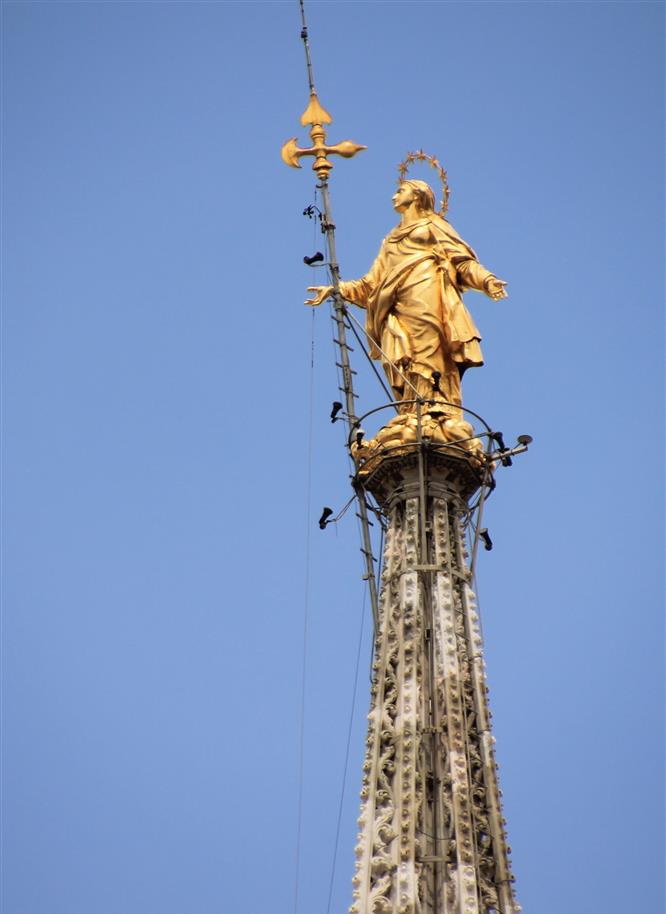
 Tiburio
Tiburio